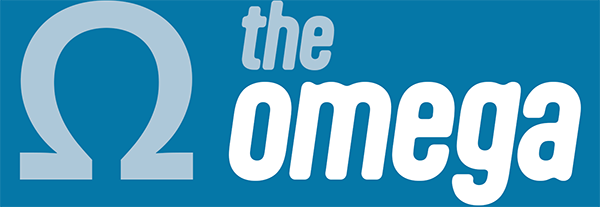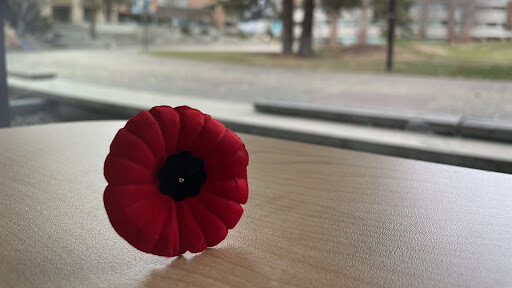A TRU professor believes that LGBTQ+ persons deserve more credit for their contributions to the Canadian Armed Forces, both in the past and present.
Nicholas Hrynyk is an assistant teaching professor in TRU’s history department. He specializes in LGBTQ studies, in addition to various other fields. Often, Hrynyk teaches introductory Canadian history courses in which he covers early military efforts and the origins of Remembrance Day.
“We honour and remember the sacrifices of Canadian soldiers who have fought, particularly in World War I, but in subsequent conflicts,” Hrynyk said on the significance of Remembrance Day. “It’s a moment to think about the important role that members of military forces play in protecting our democratic freedoms and all that we take advantage of living in the global north.”
Although Hrynyk recognizes the historical and contemporary importance of the Canadian Armed Forces, he said its history with the LGBTQ community must be recognized.
“We can still honour and remember the sacrifices of Canadian soldiers and service personnel who have played a role… but we also can be critical at the same time of the military,” Hrynyk said.
Hyrynk explained that between the 1950s and 1990s, what is now known as the “LGBT Purge” took place in Canada. He said that during this period, suspected homosexual personnel in the Canadian Armed Forces, RCMP and other civil sectors were expelled from their positions due to fear that they would leak classified information to the Soviet Union.
Blackmail imposed on homosexual staff was seen as the motivating factor for this practice. Although homosexuality was legalized in 1969, the stigma around it persisted, Hyrynk said. The logic from Canadian officials was that these individuals could be compromised due to the repercussions they would face if their sexuality were outed.
“Queer people were seen as security risks,” Hrynyk said. “Those perceived as homosexual were subject to hours-long interrogations, they lost their whole careers, and this caused indiscernible trauma.”
During the late 1950s, a device called the Fruit Machine was created by a Canadian psychologist to ‘determine’ if individuals were homosexuals. Hrynyk – who called the process “bunk science” – explained that subjects (mostly men) were shown a series of photographs while the dilation of their pupils was measured. If pupil dilation increased while erotic images were displayed, the subject would be deemed as a homosexual and would be released from their positions.
Details of this LGBT Purge were eventually publicized, and surviving victims were awarded a settlement of over $100 million. Since the award, some funds were set aside to create a national monument in Ottawa commemorating the purge.
“It’s a reminder that despite the good that these servicemen and women did for our country… we can also be critical of the military as an organization [or] an institution — one that engaged in a number of violent practices against queer folks,” Hrynyk said.

